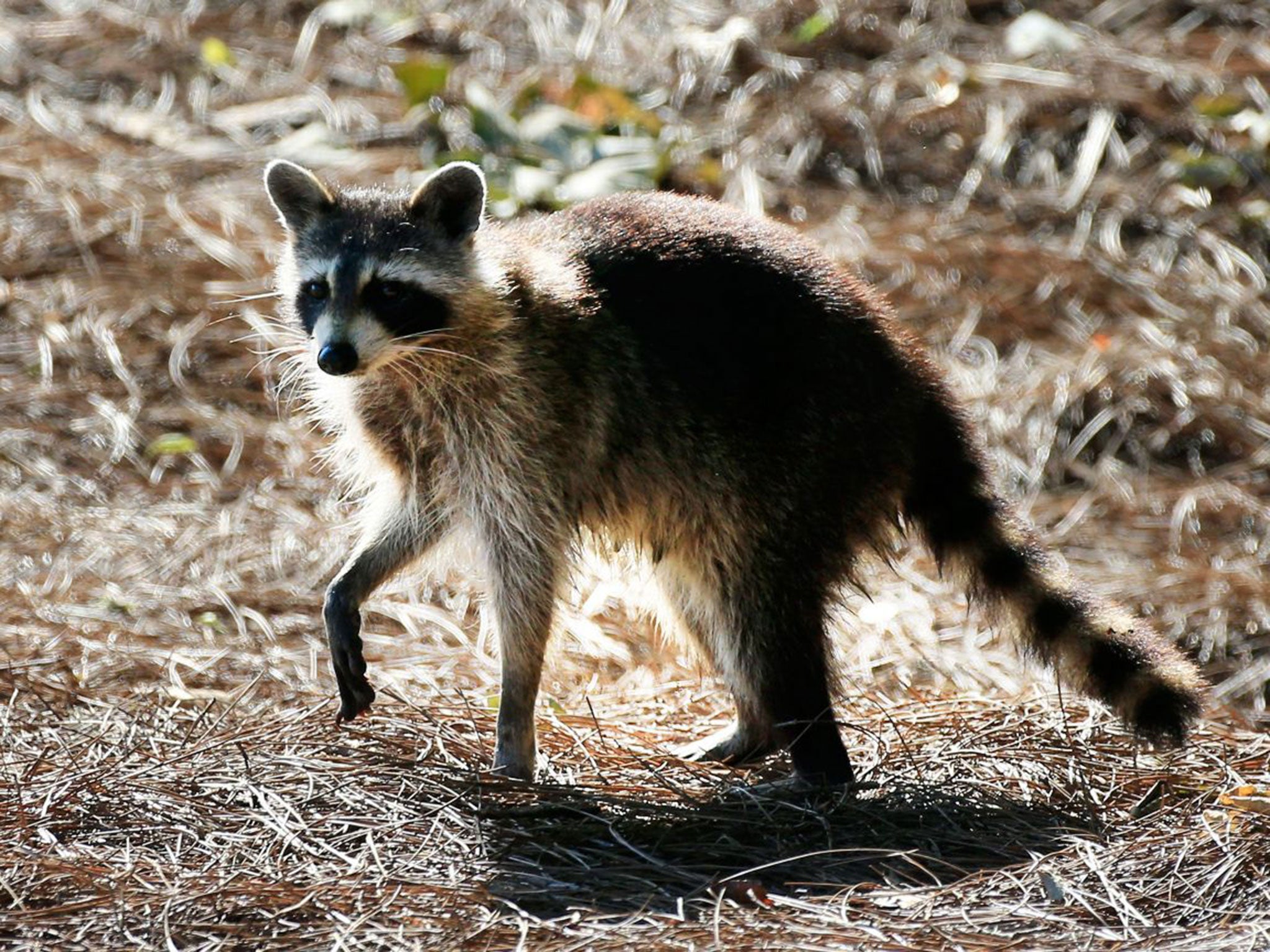The Chances of Encountering a Rabid Racoon May Be Higher Than You Expect

Animals with rabies have been found in every state in the continental United States. In all areas, bats lead the cases of rabid animals, but in many areas, raccoons are a close second. This information is vital because of how serious a rabies infection can be to humans and pets. If you think you have witnessed a rabid raccoon it is vital to report it to wildlife authorities in the area and to stay away from it.
Common Questions About Rabies:
- What is rabies? Rabies is a viral disease that is spread between mammals including from an animal to a human. It is extremely serious and should be avoided at all costs.
- What is the prognosis if a person gets rabies? The treatment for humans is only effective if it is started before any symptoms actually show up. If a person thinks they may have been bitten or scratched by a rabid animal the treatment should start immediately, otherwise, the outcome is likely dire.
- How can I prevent rabies for myself and my pets? Avoid wild animals at all costs. Even if you are in a campground and the raccoons are naturally friendly, you should still keep your distance and do your best to store your food well away from their hands. Even a scratch from a rabid raccoon can cause the spread of rabies, it does not have to be a full attack. Although infection from bites is more common than from scratches. And in the early stages, a very tame raccoon is similar to a rabid raccoon. In addition to avoidance, there are rabies vaccinations for pets.
Because of the fact that the survival rate for rabies in humans is so low, and in pets there is a 100% fatality rate information is key for avoiding any risk. The fact is that not many animals have rabies, and when there is a single reported case in an area there are measures taken to halt to spread amongst animals and of course to humans. If you come across a rabid raccoon, or any animal that is acting unusual put as much distance between you and that animal and call the authorities to have the animal assessed. Halting the spread means reporting any possible cases.
Signs of Rabies in Animals:
- Uncharacteristic behavior. It may be in the form of aggressiveness but also it may be in the form of friendliness. If a raccoon is pushing boundaries and acting silly or affectionate it may be the first sign of brain deterioration in a rabid raccoon.
- Drooling. Most wild animals do not visibly drool if you see this something is wrong.
- Extreme thirst. You should not be around a wild animal enough to recognize this, but it is something to watch for in your pet.
The more you know the safer you and your pets are when it comes to the risk of rabies.
Sources
https://www.cdc.gov/rabies/location/usa/surveillance/wild_animals.html









